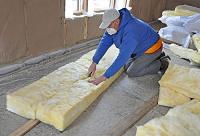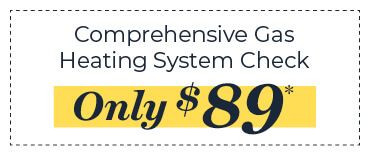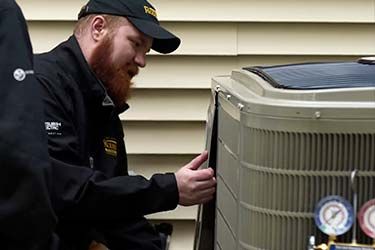



Upgrade Home Insulation, And Save All Winter Long
In the Medway MA climate, the more you upgrade home insulation, the warmer you'll stay in winter -- without having to raise your thermostat. The easiest place to add insulation is your attic, but adding it to your walls is also possible, although it's a little more time consuming. Both projects are affordable ways to increase your energy efficiency for decades to come.

Insulation carries an R-value, which indicates how many hours the material can resist thermal change. Each inch translates to three hours for most insulation types, so 16 inches, the level the U.S. Department of Energy (DOE) recommends for attics in our area, provides 38 hours of protection from heat gain or loss. Rigid foam board insulation or sprayed foam insulation have higher R-values, offering more protection.
Attics
If you have plenty of space in the attic, you can unroll batts or blow in loose-fill insulation, like fiberglass fibers or cellulose, which is primarily recycled paper treated with borates for fire resistance. Laying batts can be a one-person job, while blown-in most often requires two people. One person fills the blower while the other points the hose.
Walls
If you're residing in your home or remodeling the inside of it, the best option to increase wall insulation is to use blown-in types. Installers use a drill bit that removes a circular piece of the drywall and points the hose inside the wall. They have to drill a hole between each of the studs in the wall and fill each section separately.
If your walls are narrow, sprayed foam is an option to increase your home insulation. You can also find pressurized cans of spray foam in home improvement or hardware stores to use around small holes or cracks in the basement, your walls or in the attic. When applying it, be conservative because it expands as it dries.
If you would like more information about home insulation, contact Rodenhiser Plumbing, Heating & Air Conditioning. We've provided plumbing and HVAC services for the Route 495/128 area of Medway MA since 1928.
Our goal is to help educate our customers about energy and home comfort issues (specific to HVAC systems). For more information about insulation and other HVAC topics, download our free Home Comfort Solutions Guide.
Image via Shutterstock.com
Nice people.
Great service.
Since 1928Terms & Conditions | Privacy Policy





Read From Over 14,000 Happy Customers
-
Both Alex and Patrick were knowledgeable, courteous, and professional. They made a change that might have solved the recent problem and have structured a more complete solution. We agreed to this...

-
Mike was thorough, thoughtful and considerate. Covered their shoes before entering, surveyed my issue and provided an explanation of the services and costs. Great Job!

-
Alex did a great job providing an explanation of the services provided and went out of his way to offer assistance/advice on other issues outside of our scheduled maintenance visit.

-
Brian did an excellent job inspecting our 18-year old boiler and replacing some of the accessory hardware that needed it, he also adjusted the outgoing hot water settings for our radiators and...

-
Rodenhiser is my one stop shop!!! They take care of my HVAC, electrical, and plumbing issues & are always helpful addressing any questions I may have about the systems in my house! Everyone...

-
Chris G. and Nick V. showed up bright and early at 8am to fix my water heater issue. They were on time, polite and were able to fix an issue that has been plaguing my house for a good year. They...

Call Rodenhiser at
508-321-3089
Call Rodenhiser at 508-321-3089
When you are looking for plumbing, electrical, heating or air conditioning in the Route 495 / 128 area, you will be delighted that you called Medway MA' trusted choice since 1928.
With a total dedication to professional workmanship and excellent service, discover why families and businesses continue to trust Rodenhiser after generations of service

Trusted Plumbers
Fast, On Time
HVAC Experts
Satisfaction Guaranteed
Expert Electricians
Maintenance Plans
CONTACT RODENHISER TODAY
325 Hopping Brook Rd Holliston MA 01746.
-
Master Plumber: #10961
-
Corporate Plumbing: #2288
-
Master Electrician: #23917A
-
Electrical Business: #4804
-
Master Sheet Metal (Unrestricted): #5867
-
Corporate Sheet Metal: #641
-
Home Improvement Contractor: #188806
*Heating system check terms and conditions: Residential Only. Must reside within our service area. Offer only available to 1 unit per household additional units are at full price. Can not be combined with other offers
*Late Season Special Extra Conditions: Gas Systems only. No Discounts on oil systems. Promotional price limited to one system per home, additional systems will be charged at full price. Residential Systems only. Must reside within our service area. *For EV Charger Offer also: valid only when the system is purchased through Rodenhiser.
















